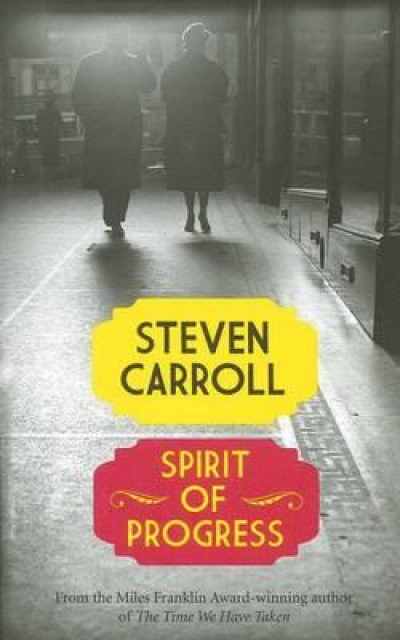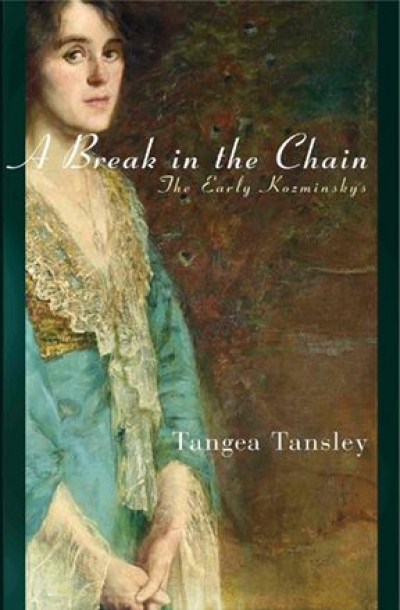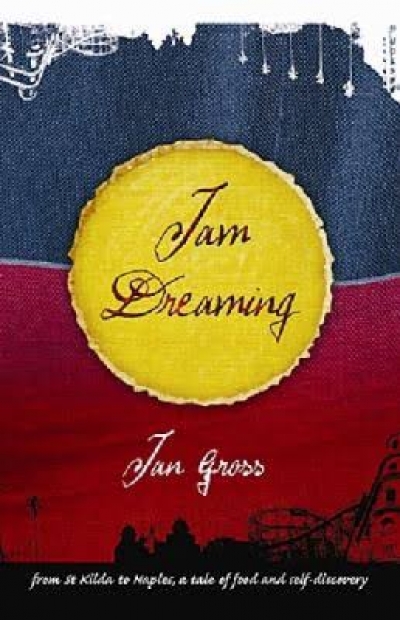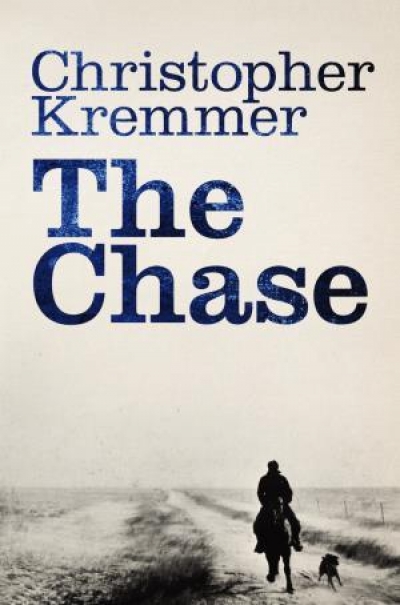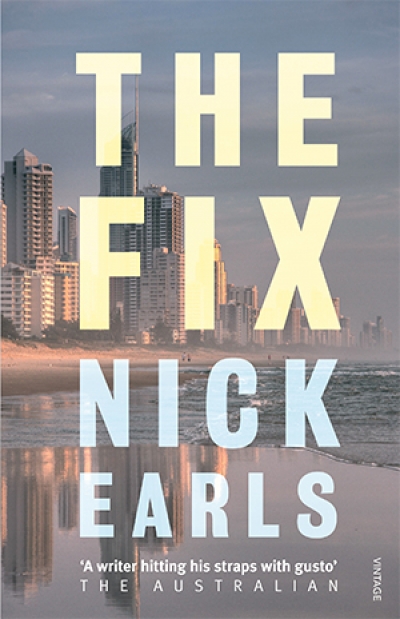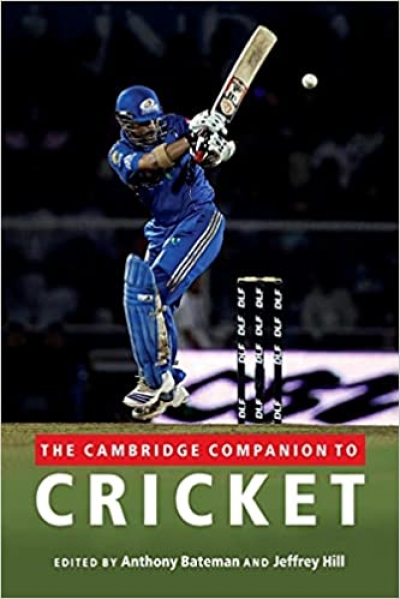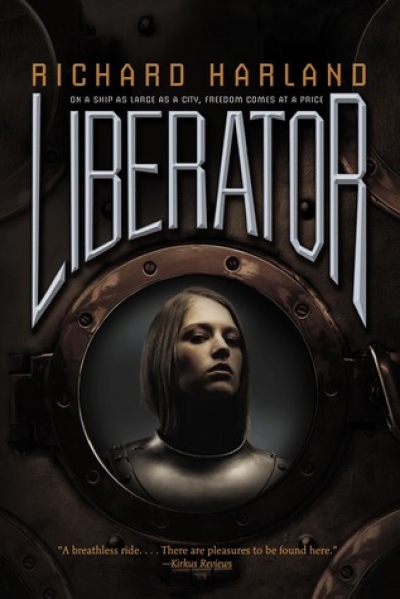Fiction
At the beginning of Steven Carroll’s new novel, Spirit of Progress, Michael stands on a platform of the Gare Montparnasse in Paris. Readers of Carroll’s ‘Glenroy’ trilogy will remember that Michael is Vic and Rita’s son – a boy who grew up with an unblinking grasp of his parents’ fractured marriage and who learned early to fend for himself. Now a man, Michael observes the foreign trains and reminisces about his father’s love of engine driving. He realises then that his home suburb ‘will always claim him’ and that he has ‘a whole world inside his head … complete and vast, going about its daily life, constantly moving as if alive and still evolving’ (ellipsis in original).
... (read more)A Break in the Chain: The Early Kozminskys by Tangea Tansley
Any attempt to write a novel that covers three generations, two centuries, and two continents is undeniably ambitious. Include subject matter that ranges from Jewishness and gemstones to the occult, and set the story in a vibrant and sometimes turbulent time in the history of Melbourne and Victoria, from the 1850s gold rushes to the early 1900s, and the possibilities are exciting. Whether A ...
Diego Maradona is the greatest football player I have ever seen, but as a coach he sits somewhere between a comic opera and a train wreck. Philip Larkin was one of Britain’s finest poets, but to read his music criticism is to wish someone had heaved his typewriter into the nearest river. Ronald Reagan qualified as an A-grade B-movie actor, yet as president – the biggest acting role on the planet – he proved decidedly C-grade. Switching genres can be tough.
... (read more)Melanie Joosten’s first novel, Berlin Syndrome, is a compelling literary thriller. Clare, an Australian travelling alone in Europe, meets a charming Berlin local, Andi. The novel centres on their relationship, which soon becomes something quite different from what either had intended.
... (read more)The premise of Jam Dreaming is worthwhile; three cultures and generations meet over food. Eileen is an Aboriginal girl who lives in a squat. She is grieving for her mother, who died of alcoholism. Trying to find warmth beside a restaurant at night, she stumbles into the life of Mama Jocsdi, who cooks traditional European food. Mama’s sister, Nellie, with whom she escaped the Nazis, remains an elusive character. Eileen also makes friends with two other elderly women; Aboriginal matriarch Aunty Lois, and her sister. Eileen begins to learn skills and identity from these women.
... (read more)Australians are suckers for a day at the races, and may be suckers for novels and poems about a day at the races. Consider Gerald Murnane’s metaphysics of racing, Peter Temple’s grim Melbourne in which stresses are relieved by a bottle of Bolly or some such beverage after a successful day at the track. The term ‘Turf’ is granted three-and-a-half columns in the 1985 edition of the Oxford Companion to Australian Literature. Frank Hardy and Dal Stivens, ‘Banjo’ Paterson and Vincent Buckley, are cited as having ambivalent relations with the ‘sport of kings’. Adam Lindsay Gordon was a champion steeplechase jockey, and, ‘despite the attacks of A.D. Hope and others, including Joseph Furphy, Henry Lawson, and Patrick White, many Australian writers have had a personal commitment to the turf’. The Australian Jockey Club has returned the compliment: at its annual Expressway Stakes meeting, minor races are named after Australian poets, including Dorothea Mackellar and Mary Gilmore.
... (read more)In contemporary crime fiction, first-person narrators can often sound irritatingly implausible, either too much the Marlovian stoic or too much the Holmesian savant. This is not the case with The Fix, Nick Earls’s latest offering, in which the narratorial voice is convincing from the first page. Then again, The Fix is hardly a conventional work of crime fiction; it has some ingredients of the genre (a death, a cover-up, a bit of gunplay), but also a good deal of comedy and single-guy angst. Even more surprisingly, the reliable narrator doing the detective work is not some gumshoe or forensics-lab genius, but – of all things – a lifestyle blogger and part-time spin doctor.
... (read more)The Dead I Know by Scot Gardner & The Comet Box by Adrian Stirling
The way nostalgia works, according to theorists, is that we pine for the era just before our own. This may be why the twenty-something musicians of today mine the sounds of the 1980s. But does this pattern succeed in Young Adult fiction? What does an author gain by setting his or her story in the ‘nostalgia zone’ of potential readers?
... (read more)Richard Harland’s Liberator begins three months after its predecessor, Worldshaker (2009), left off. The optimism and exuberance that marked the success of the revolution has dimmed as the inhabitants of the newly renamed Liberator struggle with the realities of running the mobile juggernaut. A saboteur breeds havoc and mistrust between the governing council of Filthies and the remaining Upper Decks folk (the Swanks), and conflicting factions vie for control. Meanwhile, the Liberator is running out of coal, and the only place where the revolutionaries can replenish their stock exposes them to direct conflict with the remaining Imperialist juggernauts.
... (read more)To make Ernest Giles’s trek across the scrub and desert of southern Australia interesting to younger readers, relate it through the eyes of a young protagonist. It was an inspired choice to invent Taj, twelve-year-old son of the historical figure Saleh Mohamed, Afghan cameleer, and an equally inspired choice to invent Taj’s beloved young camel, Mustara. The love and respect between camel and boy lie at the heart of the novel, and symbolise the expedition’s ultimate success.
... (read more)

